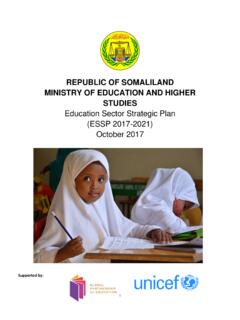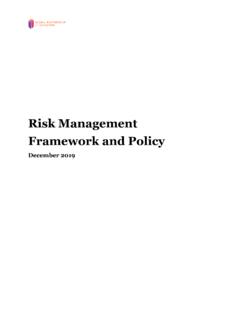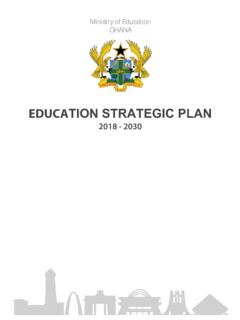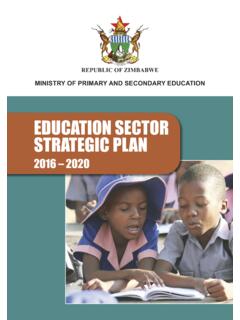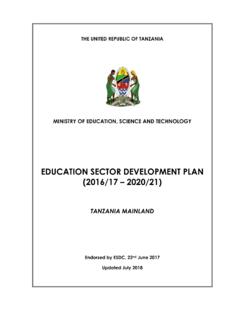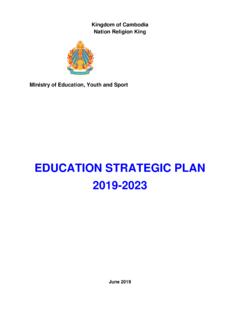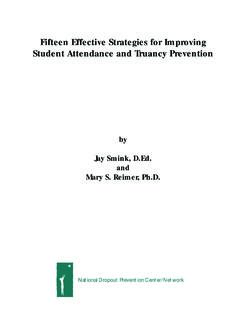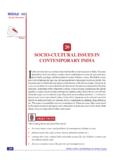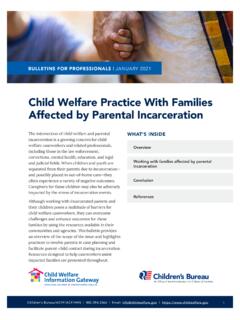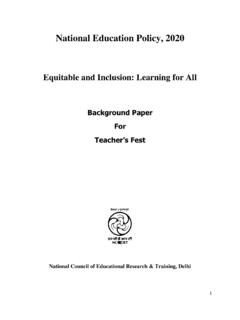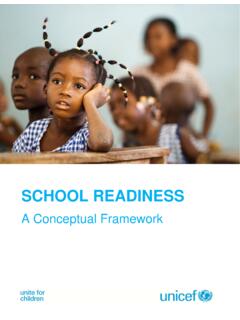Transcription of Nepal Education Sector Analysis - Global Partnership for ...
1 Nepal Education . Sector Analysis . National Institute for Research and Training (NIRT). &. American Institute of Research (AIR). January 2017. Recommended citation: NIRT (2016). Nepal Education Sector Analysis . Kathmandu, Nepal ACKNOWLEDGEMENTS. This Education Sector Analysis has been an unforeseen lengthy process as the overall Analysis and planning process was disrupted by the devastating 2015 earthquakes in Nepal that undid a significant amount of the progress made within the Education Sector in the affected areas and demanded the Local Education Development Partner Group and the Government in terms of devoting available capacity towards response and recovery.
2 As such, the leadership displayed by the honorable minister of Education and the respected secretary of the Ministry of Education and the Joint secretary of the planning division that balanced the Ministry's capacity between the need for the development of a new Education Sector plan and the needs emerging from the post disaster context and the agitations related to the promulgation of the country's constitution should be acknowledged. Furthermore, UNICEF Nepal should be acknowledged for their support and guidance to the Education Sector Analysis process in the role as focal point of the development partners and managing entity of the Education Sector Program Development Grant (ESPDG), through which the technical assistance and expertise was made available to the Government.
3 During the different phases of the Sector Analysis , the participation of the Education and different central level agencies within the Education Sector , as well as development partners including civil society organization networks and stakeholder representatives led to a broad platform through which pertinent issues and opportunities within the Education Sector were reviewed and analyzed. Finally, specific reference should be made to Dr. Lava Deo Awasthi, Dr. Hari Prasad Lamsal, Dr. Thulashi Thapaliya, Dr. Mukunda Mani Khanal, Mr.
4 Deepak Sharma, mr. Shankar Thapa and Dr. Marilyn Hoar. Through the deployment of the National Institute for Research and Training (NIRT) and its international partner the American Institute for Research (AIR), the overall Sector Analysis outline and structure was developed by Dr. Mohammed Elmeski with the support of Dr. Bhuban Bajracharya and Dr. Vishnu Karki. In addition to this, key contributors to the Analysis were Professor Thirtha Koirala, Professor Mahesh Parajuli, Dr. Susan Acharya and Dr. Laxmi Paudyal, with special acknowledgement for Dr.
5 Niraj Paudyal and Dr. Pramod Bhatta for the undertaking of the additional impact Analysis . Overall editing and alignment was supported by Mr. Amit Aryal, Mr. Jimi Oostrum and copy editing by Mr. Steve Keeling. i EXECUTIVE SUMMARY. A. THE THREE IMPERATIVES OF Education REFORM. The context of Education reform in Nepal is marked by three imperatives: (1) post-conflict and post-disaster reconstruction, (2) the demographic dividend window of opportunity, and (3). Nepal 's ambition to graduate from being a least developed country by 2022.
6 Almost ten years after the end of the decade long armed conflict, Nepal is seeking to strengthen its model of multi-party democracy through a federal system. The preamble of the new 2015 constitution commits to continue the country's efforts in ending discrimination and disparities based on class, caste, religion, language, region, gender, and location. On 25 April 2015, Nepal was hit by its strongest earthquake in 80 years. The death toll reached 9,000. Over 35,000 classrooms were mostly or entirely damaged, leaving more than one million children lacking access to safe permanent places to learn.
7 As the county was mobilizing response to the immediate needs after the earthquakes, it was hit again by a severe fuel and commodity crisis that has significantly undermined post-earthquake reconstruction and is likely to lead to a decline in the country's economic growth rate for the first time since the 1980s. In the wake of these disasters, building schools back better is a humanitarian imperative because the failure to respond is likely to exacerbate the number of children who are out-of- school and as the disaster exposed the vulnerability of the infrastructure where the country trusts its children to be in for most of their youth.
8 From a post-conflict perspective, the urgency of overarching school reform is rooted in the urgent need to socialize a new generation of engaged Nepali citizenry who fully embrace the new constitution ideals of a multi-caste, multi- ethnic, multi-lingual, and multi-cultural society. The second imperative of Education reform in Nepal is the ticking clock of the demographic dividend. 2001 2011 data show a declining trend in the average population growth rate. If the current trends continue, projection models indicate that Nepal , like other South Asian countries, will continue to enjoy increasing demographic surplus characterized by a shrinking dependency rate (higher proportion of working age population, fewer children to feed, and fewer elderly to look after), that is projected to reach its peak in 2025.
9 The implications of this projected demographic dividend are crucial for the country's continuing and sustainable growth, especially considering the importance of foreign remittances to the country's GDP. The urgency of Education reform lies in making drastic improvement in the quality of Education that ensures that the country's labor force can access gainful jobs that allow them career advancement opportunities and concomitant significant savings for their retirements. As of 2011, and unless major changes are effected in formal, informal, and non-formal Education , the state of educational preparedness for Nepali youth does not indicate that they will be positioned to seize the demographic dividend opportunity in 2025.
10 For youth aged 15 24 years, 12 percent have no Education , 10 percent did not complete primary Education , and 41 percent did not complete secondary Education . This represents 63 percent of youth who are highly likely to not have the requisite skills to be engaged in gainful jobs. ii Last, but not least, the third imperative for Education reform lies in Nepal 's aspiration to graduate from the status of an LDC. Nepal 's 14th National Development Plan (2016/17 to 2020/21) has graduating from the LDC category by 2022 as its vision.
